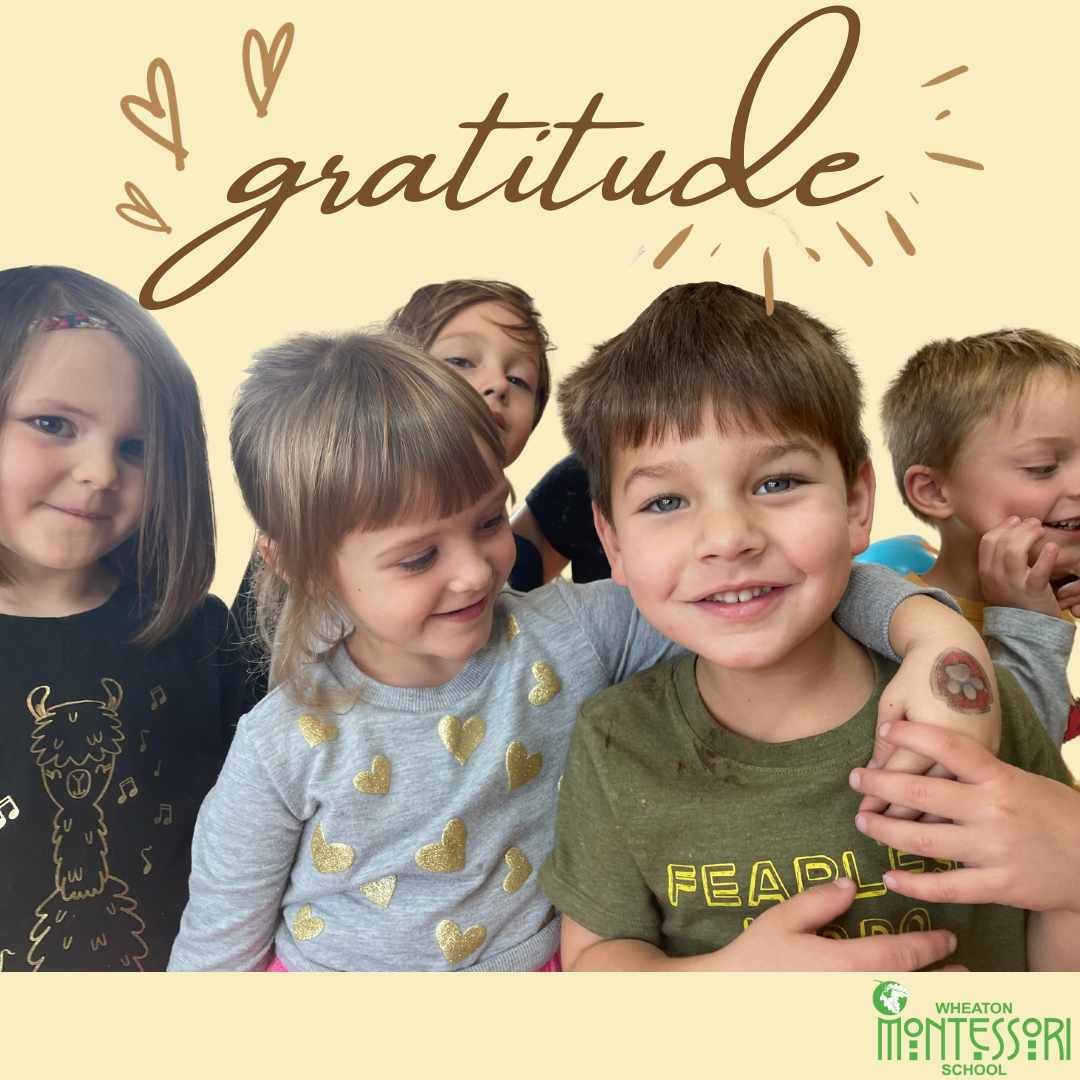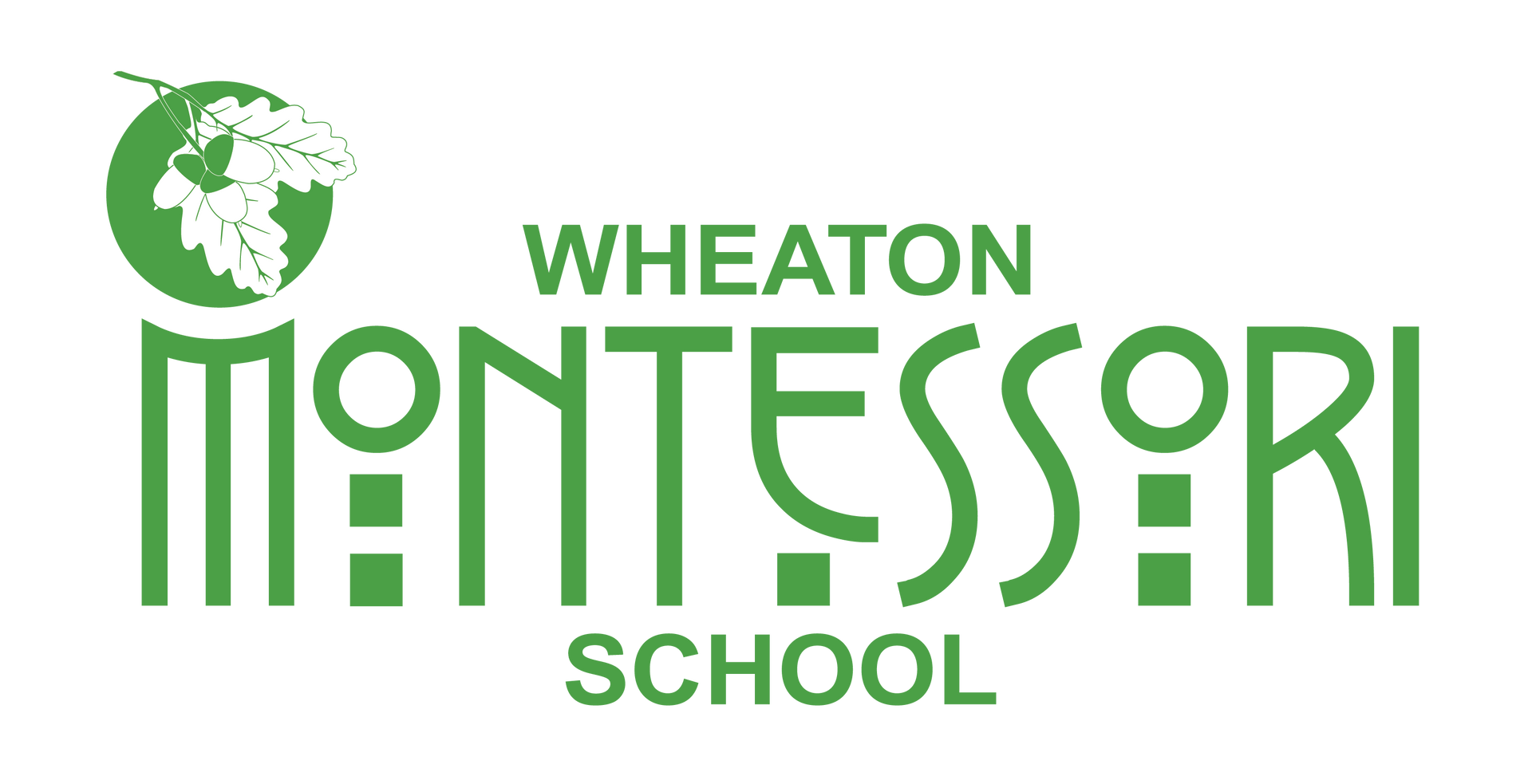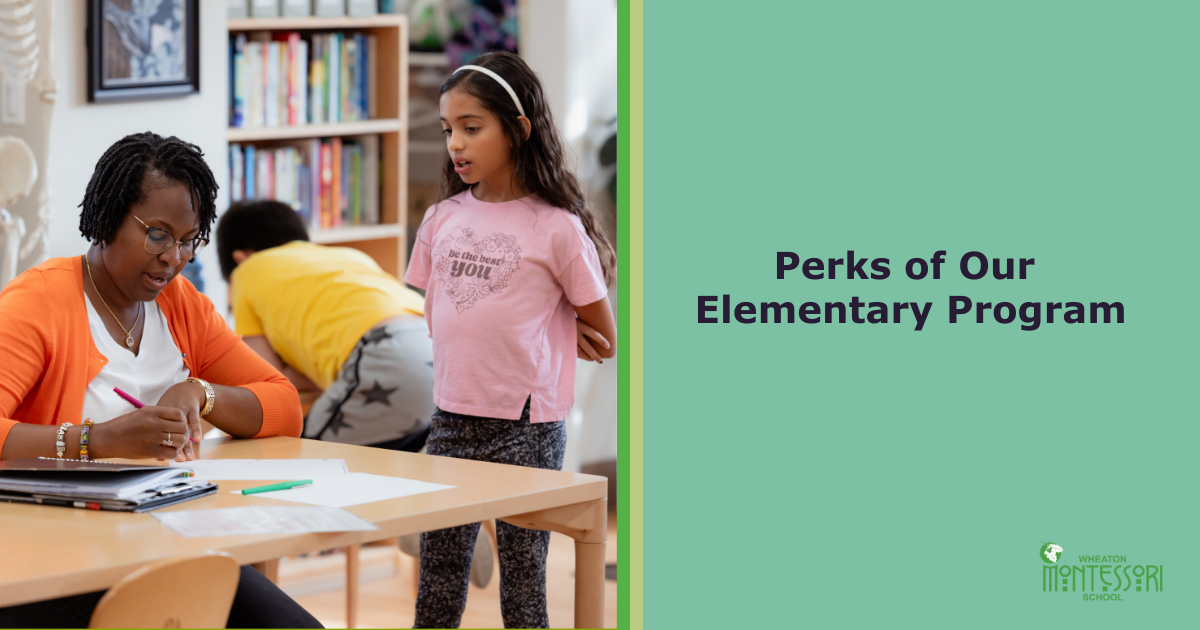
This post is from Dr. Becky at https://www.instagram.com/drbeckyatgoodinside/
The most meaningful moments in my house with my kids are marked by more questions than answers. More wondering than deciding. More not knowing than knowing.
When we are willing to explore tricky topics with our kids, we stimulate a thought process inside our children, and there’s nothing that teaches children how to reflect and be thoughtful as effectively as the experience of reflecting and being thoughtful.
Gratitude relies on reflection.
To have space for feelings of gratitude, we have to slow down and notice how we feel, notice things in our environment, notice the context of the world around us. This doesn’t happen overnight for our kids - but also, it won’t happen at all if we don’t create an environment for this type of mindfulness.
How can we get better at slowing down and noticing? It starts by being willing to ask more questions than deliver truths. To wonder about things. To be curious and then pause, not conclude.
Questions help us look more deeply into ourselves. Good questions (example: “What does ’enough; mean? Such an interesting idea, right? “) stimulate gratitude more than any declaration or behavior (“Let’s take a moment to feel grateful for each other” or “Say thank you to Grandma! “).
I’d love your feedback - I’d love to know what you think of these sets of questions and how, if you use any of these prompts, how these moments feel in your house. And feel free to use the more complex ones for yourself, for an interesting conversation with a family member or spouse.
Remember, the exact content of the conversation that transpires is less important than the process of thinking and wondering.
Meet your child’s thoughts with lots of responses like “Huh, tell me more” and “So interesting” and “I’m so glad you’re sharing that with me, keep going...” This helps us teach kids how to think, which is always more impactful in the long run than teaching kids what to think.
Gratitude is a feeling not a behavior. To cultivate gratitude in our kids, we must ask kids the right questions, not have kids perform the right behaviors.
“I’m noticing that you’re playing with your dinosaurs. When I realize I’m doing something I love, I have a warm feeling in my body. That warm feeling…it’s kind of like an “Ah, I love this, I appreciate it!” feeling, for me. Do you ever have that?”
How do we get the things we have? It’s interesting right? We have books…and toys…you got a new jacket this year…how does that happen, you think?”
Here’s something trick…If we have enough money to buy something, does that mean we should buy it? It’s interesting, right? If I had enough money to buy myself a new t-shirt every day…, should I? How do you think adults decide what to buy and what not to buy, for themselves and for their kids?”
Have you ever heard of the idea of “taking things for granted”? It’s when you get used to having something instead of appreciating having that thing. I often take for granted that we have food on our table every day. Today I’m going to be more aware, I’m going to really notice the food we have. Anything you sometimes take for granted?”
Here’s an interesting word: enough. What does that mean, you think? How do we know when we have enough? What is enough screentime? Sweatshirts? What is enough money? When you get more of something, does your “enough” stay the same or change? What does it feel like to have enough? What does it feel like to not have enough? What does it feel like to have more than enough?”
Schedule a school tour by clicking this link to visit our classrooms. Let’s partner together to raise your thoughtful and thankful children!
Current parents please use these links to sign up for your classroom observation:
Adolescent Seminar Observation
Ms. Searcy’s Upper Elementary Classroom Observation
Mrs. Fortun’s Lower Elementary Classroom Observation
Mrs. Mayhugh’s Lower Elementary Classroom Observation
Mrs. Berdick’s Primary Classroom Observation
Ms. Carr’s Primary Classroom Observation
Ms. Chiste’s Primary Classroom Observation
Mrs. Rogers’ Primary Classroom Observation


